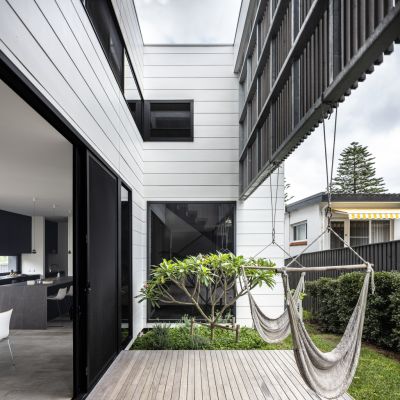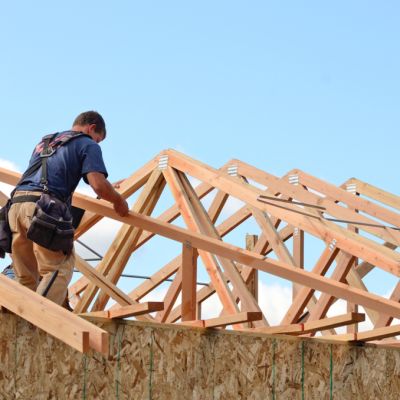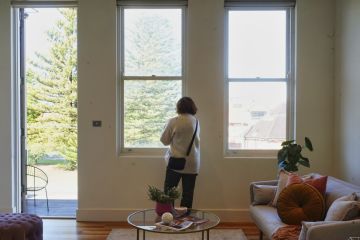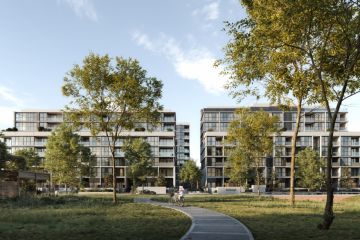Can you get a loan for a prefab home? Soon you might be able to
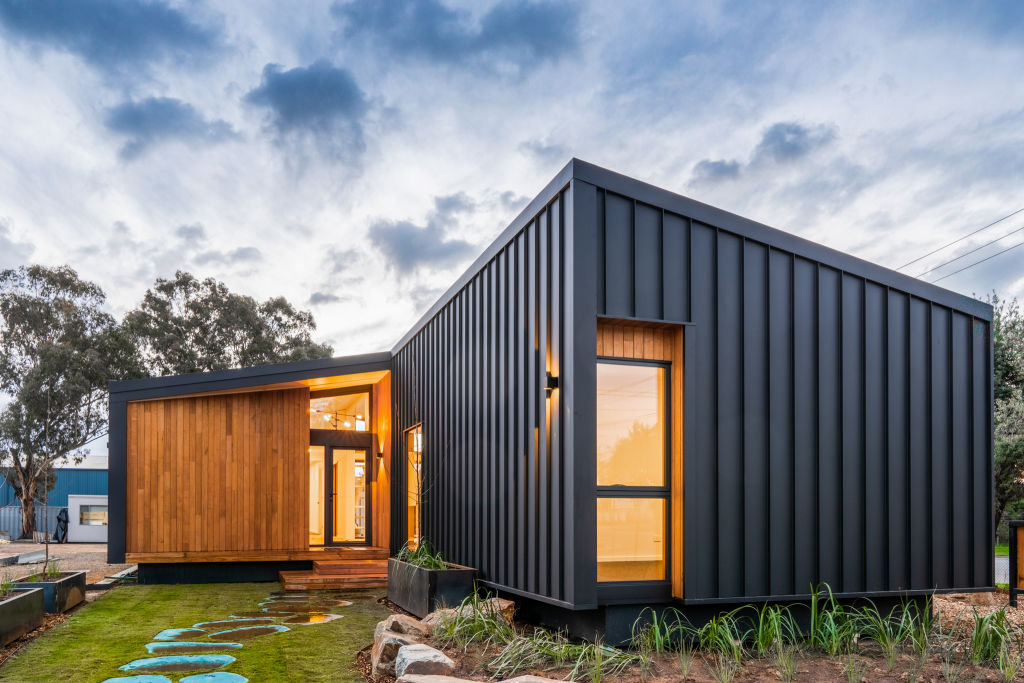
If a house is built in a factory, is it still a home?
At the end of January, the Commonwealth Bank of Australia (CBA) announced plans to draw up a standard home loan contract for prefabricated homes – in partnership with the peak industry body prefabAUS.
This marked a first for Australian home loans, as it was an area banks had steered clear of in the past.
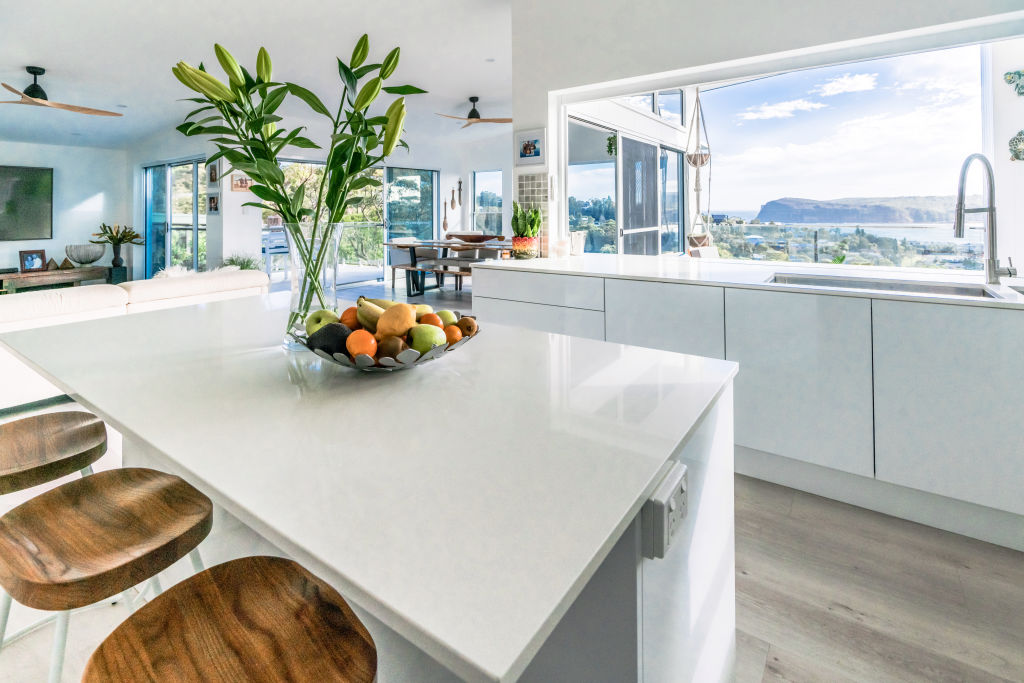
What is a prefab home?
A prefabricated home, also known as a 3D or modular home, is built in a factory, rather than construction taking place on the site.
New and innovative construction technologies are used in a production-like setting to create part or all of a building.
“Many people would have lived in, or studied in, old transportable buildings or classrooms back in the day, but [recent] advancements … are really challenging what these homes would have looked like in the past,” says Simon Croft, chief executive of industry and policy at the Housing Industry Association (HIA).
Croft says the industry is seeing increased uptake, especially for elements like wall, floor, truss and roof systems, as well as staircases and other components that complement traditional methods.
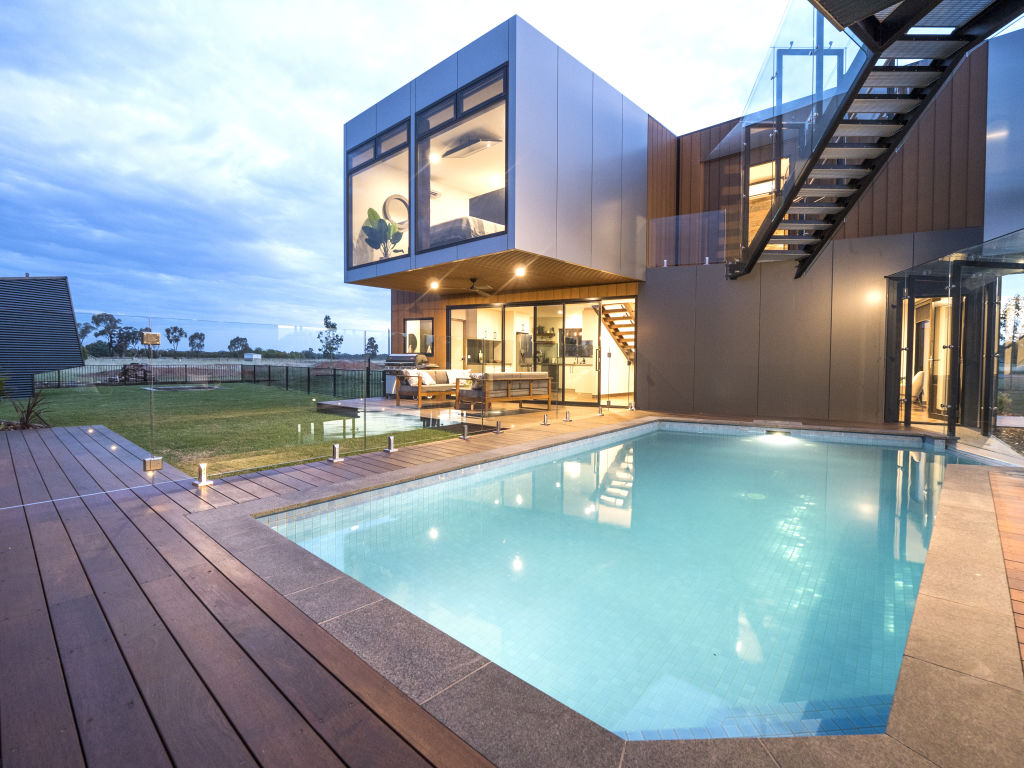
“If we start to take more buildings into factories, we open up the capacity of these manufacturers,” says prefabAUS founding director Damien Crough. “We’re still using carpenters and electricians and plumbers, where they’re just doing it in a really productive environment.
“It’s all sequenced, it’s all planned, it’s all very, very productive. Whereas, when you’re on-site, you’re in a completely different environment.”
Why are prefab home loans only becoming available now?
The industry’s recent growth has historically been limited, Crough says, because up until now, standard loan contracts have only reflected homes built on-site.
“The bank has security over the asset, being the land,” he says. “The builder’s adding value to land – [the lender] can see the value being added, and therefore having to pay progress claims to the builder to add value to the land. That’s the standard form of construction.
“Now we’re talking about potentially building up to 80 per cent of that in a factory. So the bank, in the past, has said, ‘Well, it’s in a factory. It’s not on the site. You know, that’s risky.’”
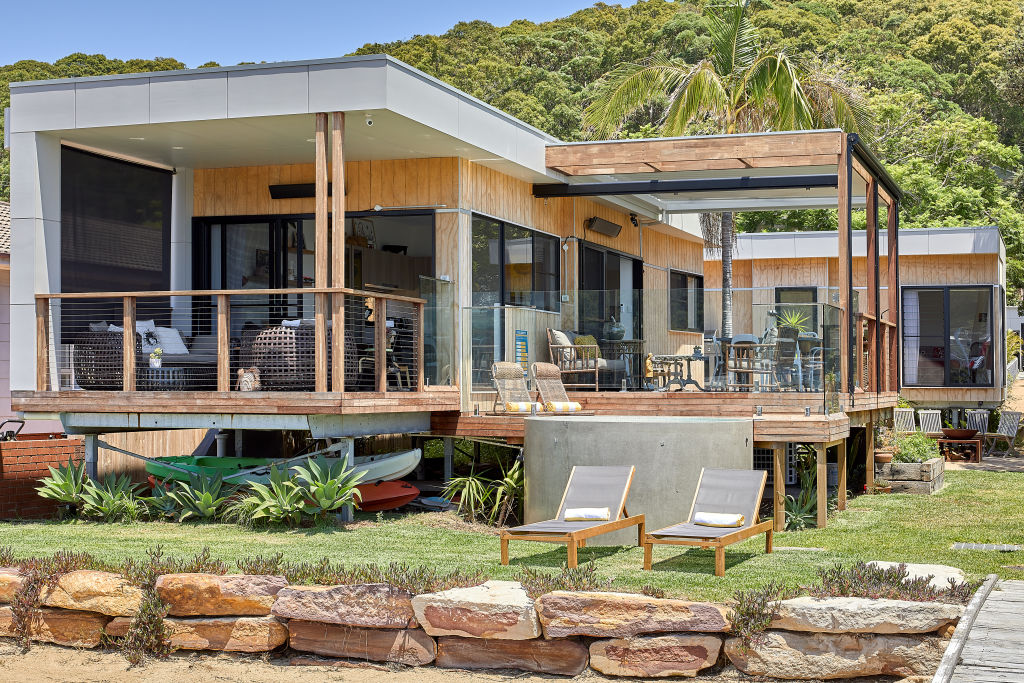
Croft adds that HIA has had a transportable homes contract for many years, in place of a standard contract endorsed by major banks.
“The government, in conjunction with the banks, finance sector and industry, is looking at a fit-for-purpose scheme going forward to help with providing greater uptake and streamlining of approvals and acceptance, ” says Croft, who hopes this will lead more Australians to consider this form of housing.
Prefab homes as an enabler of housing supply
Domain chief of research and economics Nicola Powell says prefab home loans could help Australia imeet its target of 1.2 million new homes by 2029.
“We need to really think a little bit more creatively on how we’re actually going to bring affordable supply,” Powell says.
“It’s about scale. It’s about speed. How can we build and bring supply to the market in a timely manner? That’s where prefab really comes into its own.”
Powell mentions a recent report by the federal Productivity Commission, which found that labour productivity in the conventional construction industry had fallen by 25 per cent since the 2001-02 financial year.
The report cited slow approvals as one factor leading to blown-out construction times. This, combined with a range of other factors like material cost increases and wild weather, can result in conventional homes taking multiple years to build.

On the other hand, prefabricated methods, where workflows are efficient and materials are bought in bulk, can come together in a matter of weeks or months.
“We see ourselves as enablers to support the industry, to get back to productivity and to meet the targets that have been set by federal and state governments around the country,” Crough says.
The industry has seen growth, and the Victorian government recently announced $50 million in funding to support the opening of the Melbourne Polytechnic Future of Housing Construction Centre of Excellence.
This TAFE facility will equip individuals with relevant skills to meet the expected increase in demand for innovative construction.
What to weigh up when considering a prefab home loan
Croft says doing your research is key. Depending on where you’re looking to build, there could be different rules if, for example, you’re in a fire-prone area.
“You still need to get your relevant permits and approvals in place, as if you are doing a traditional build,” he says.
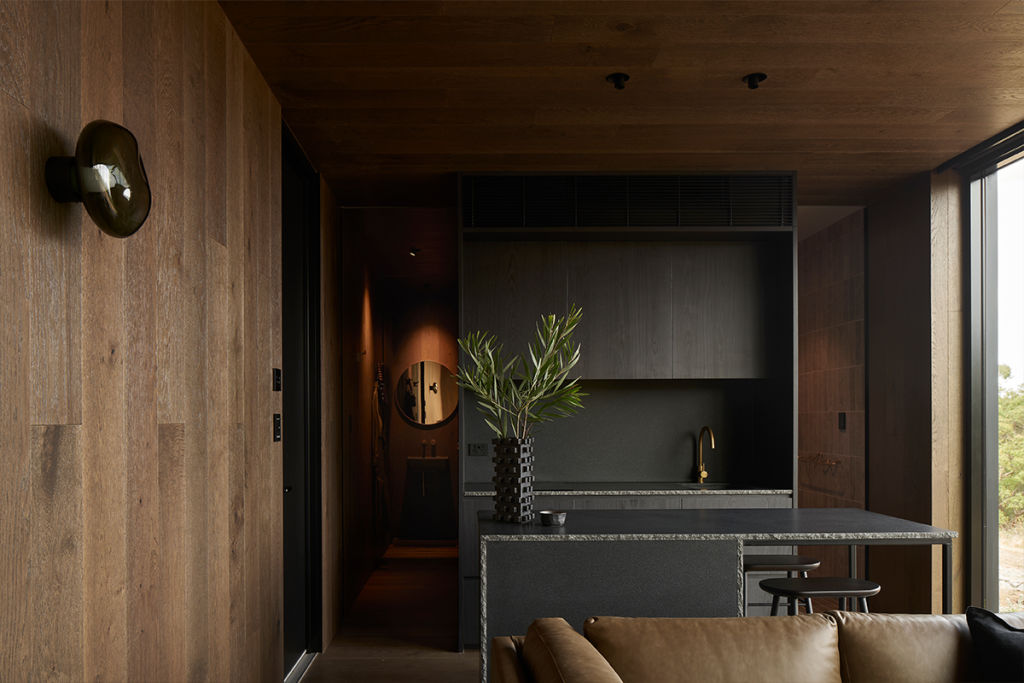
Crough says the prefabAUS website is a great place to start, as it has a directory of member manufacturers all around Australia that form a mature supply chain.
He says CBA’s development of a standard loan contract will help give confidence and security to purchasers as well as lenders.
“I think there is some potential stigma or negative perceptions of prefab from many, many years ago, and I think that’s valid,” Crough says, adding that more education is needed. “There’s not enough knowledge of what our industry is and what it looks like.”
We recommend
We thought you might like
States
Capital Cities
Capital Cities - Rentals
Popular Areas
Allhomes
More

